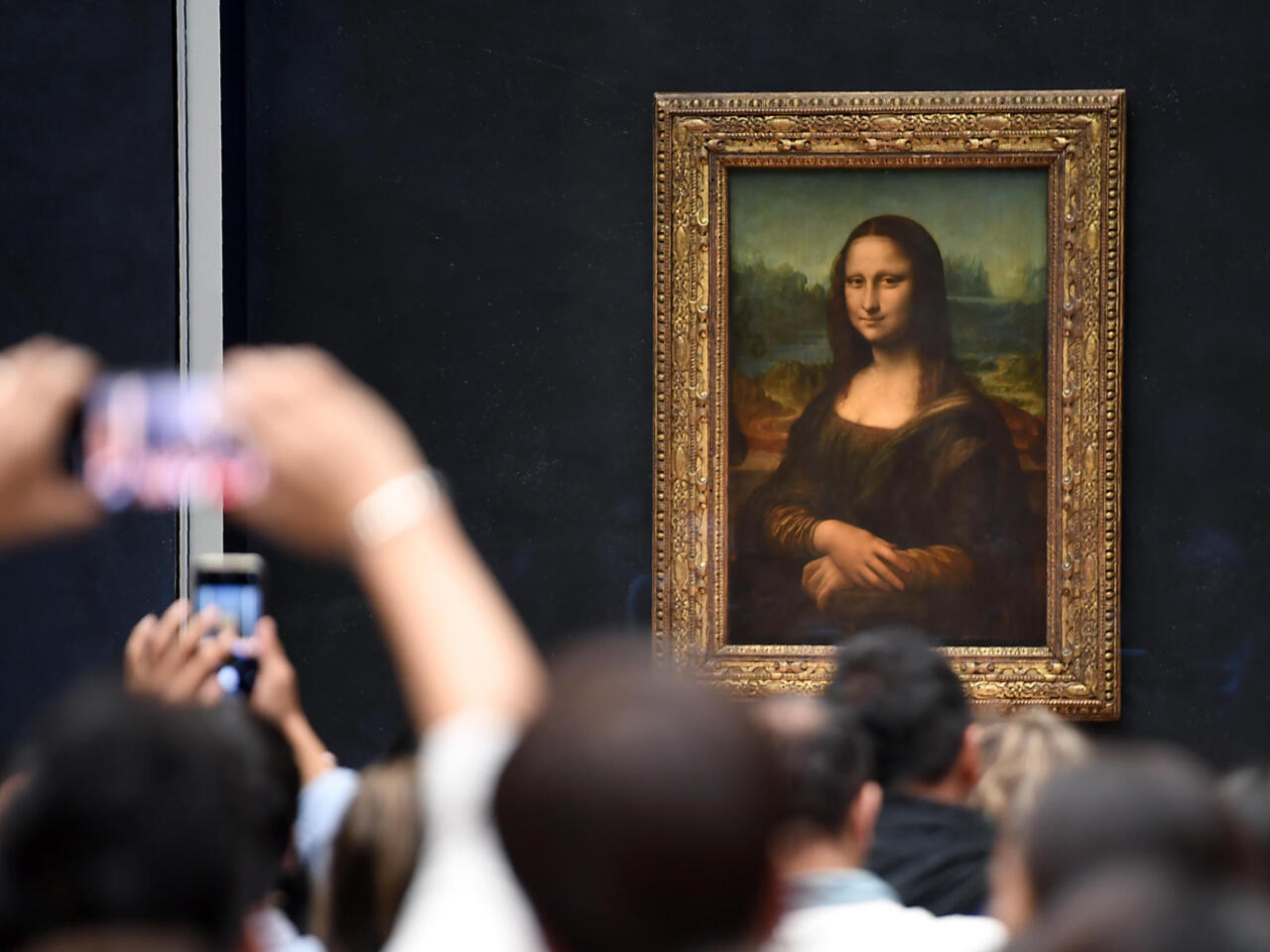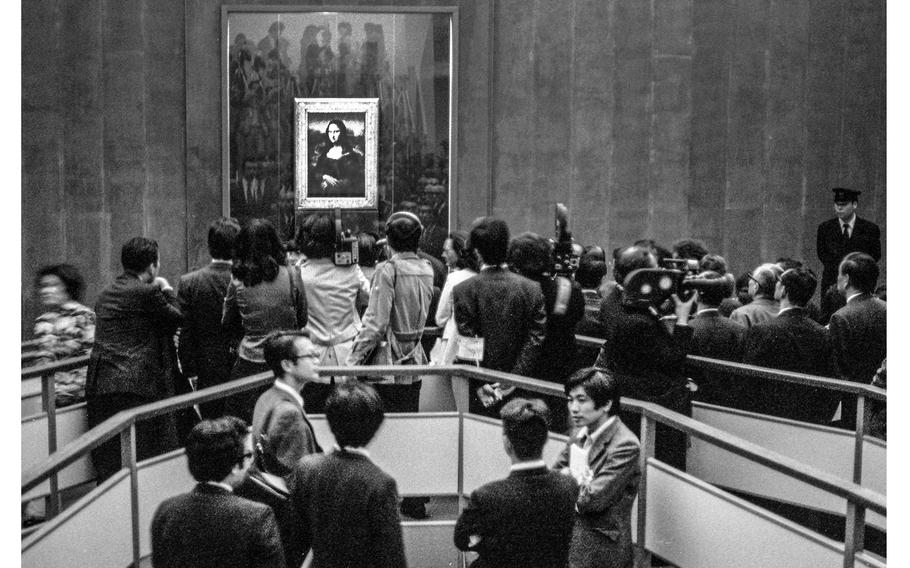
18 Feb The Untold Story of Mona Lisa’s Tokyo Vandalism
In the heart of bustling Tokyo in 1974, an audacious act of vandalism shook the art world to its core, leaving the iconic Mona Lisa defaced by a brazen spray of red paint. This infamous incident not only marred one of the most celebrated masterpieces in history but also sparked a mystery that has intrigued art enthusiasts for decades.

a standard image
Unraveling the Mystery Behind Mona Lisa’s Tokyo Turmoil
While the vandalism was swiftly addressed with meticulous restoration work, the questions surrounding the incident lingered on. Who was behind this daring act? What motivated them to deface such an esteemed symbol of art? Was it a statement, a protest, or perhaps a misguided attempt at notoriety?
As we delve deeper into this captivating narrative, we uncover not only the events that transpired on that fateful day but also the broader implications of art’s influence on society. The Mona Lisa’s enduring allure transcends time and borders, making it a canvas for both admiration and controversy.
Amidst the chaos of Tokyo in 1974, the defacement of the Mona Lisa begged the question: why? While the act itself was bold and attention-grabbing, its underlying motivations remained elusive, leaving art historians and enthusiasts alike to ponder its significance.
Some speculate that the vandalism was a deliberate act of protest, a statement against the elitism and exclusivity often associated with traditional art institutions. In the midst of social and political upheaval, particularly in Japan’s rapidly changing cultural landscape, the Mona Lisa may have symbolized the entrenched power structures that certain individuals sought to challenge.
Others suggest a more personal motive, perhaps driven by a deep-seated grievance or disillusionment with the art world. The perpetrator, whether acting alone or as part of a larger movement, may have viewed the Mona Lisa as a symbol of artistic hegemony, a target ripe for disruption.
Alternatively, the vandalism could have been an expression of artistic experimentation or even a misguided attempt at achieving fame or notoriety. In a society increasingly influenced by the media and celebrity culture, the allure of making a bold statement on a global stage may have been too enticing to resist.
Regardless of the perpetrator’s intentions, the vandalism of the Mona Lisa served as a stark reminder of the power of art to provoke, challenge, and inspire. It forced viewers to confront uncomfortable truths about the nature of art and its place in society, sparking debates that continue to resonate to this day.
Join us
On a journey through time and intrigue as we unravel the layers of the Mona Lisa’s Tokyo vandalism. Explore the depths of human expression, the boundaries of artistic freedom, and the enduring legacy of one of history’s most iconic works of art.
Follow us on @rimasinghart


Sorry, the comment form is closed at this time.